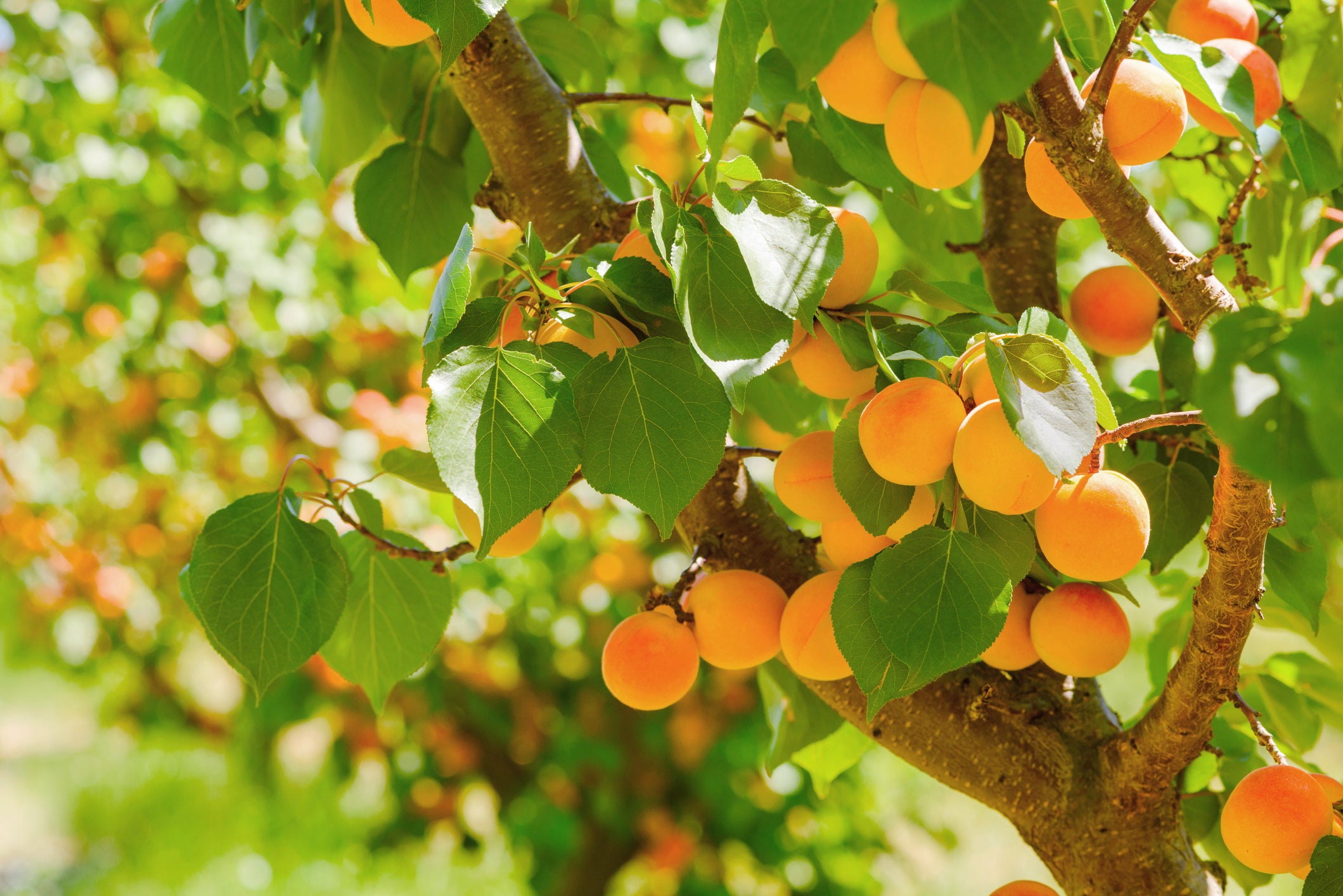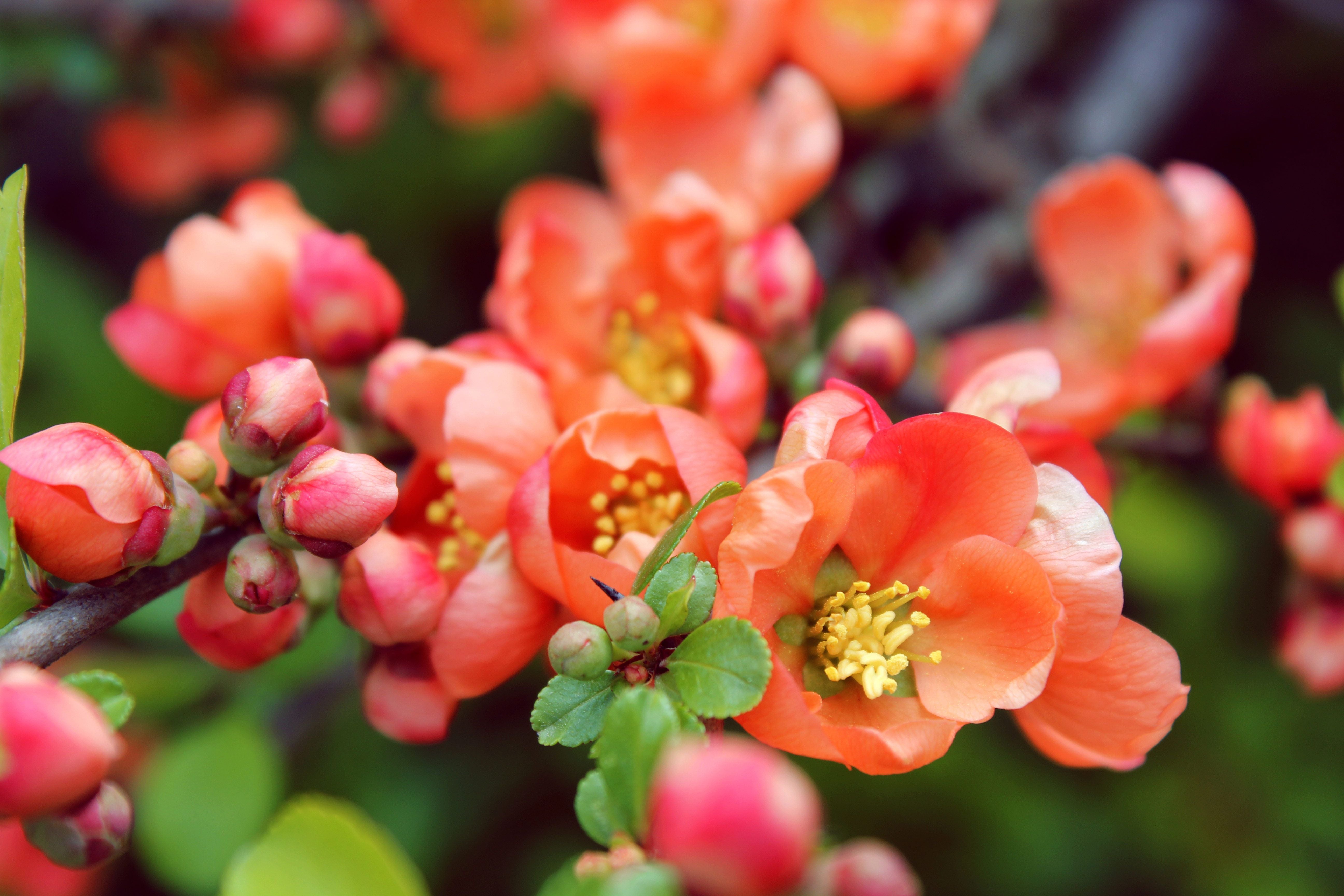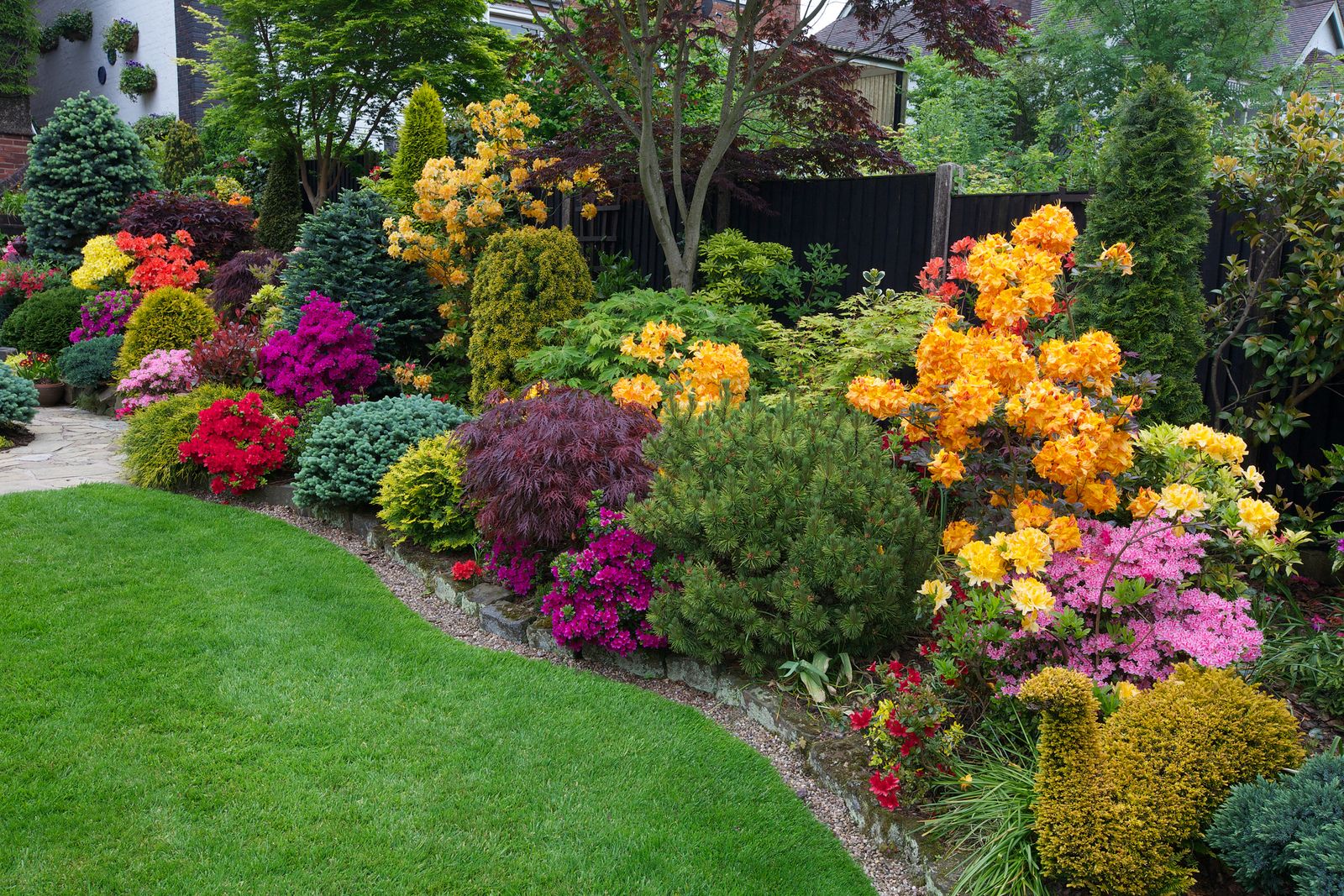Planting & Harvesting Strawberries
If you're looking for a delicious and nutritious treat, you can't go wrong with strawberries! Not only are they tasty, but they're also low in calories and high in antioxidants. Plus, growing your own strawberries is a fun and rewarding project for the whole family.
In this post, we'll give you tips for planting bareroot strawberries, as well as harvesting and caring for your plants. Let's get started!
What are bareroot strawberries?
Bareroot strawberries are dormant plants that come without soil. When you get them, you might be skeptical that they will survive once planted in the ground.
The good news is that these plants are very hardy and will thrive if given the right care. You’ll see that the bottom of the bare roots is the roots. This is what needs to be buried under the ground. In the middle, there is the crown, a hard round ball where all the roots connect.
The crown needs to stay above the ground, and then there is the new plant on top. Make sure to keep an eye on your plants as they grow; you may need to mulch around them to protect them from frost.

How to Plant Strawberries
When you're ready to plant, soak the bare roots for 30 minutes to one hour beforehand. You don't need to submerge the entire plant, just the roots.
Trimming the roots helps to prevent overcrowding of the roots and stimulates new growth. carefully separate the roots, untangling them, and examine the plants you have.
Dig a hole that is six to eight inches deep and two times as wide as the length of the roots. They need space to spread out in the next step.
When planting multiple strawberry plants, each plant should be spaced 18 inches apart with rows that are three feet apart.

Where to Plant Strawberries
Before you start planting, you need to prepare a well-draining garden bed with plenty of compost mixed in the soil. Strawberry plants require full sunlight, meaning they need six to eight hours of sunlight per day. For best results, plant your strawberries in a sandy, loamy soil that is at least 12 inches deep. This gives the roots time to spread out and grow into the ground. Keep the soil pH range between 6.0-6.5, but some say a range from 5.5 to 7.0 works as well.
How to Care for Strawberry Plants
One of the most important things to remember when planting and harvesting strawberries is that it requires a lot of patience! Unlike tomatoes, you won’t see your harvest for about a year. And even then, it often takes time for strawberry plants to establish, so don’t give up hope. Continue to water them regularly, and you should also mulch the strawberry plants soon. You often see strawberry farms using black plastic, but I prefer to use wood shavings.
It feels disheartening, but you should remove all the blossoms in the first year on your June-bearing plants. Doing this feels terrible; you’re removing future berries! The goal is to tell the plant to focus its time on growing and establishing rather than fruiting. But don’t worry, you’ll get a bountiful harvest the following year!
Can you grow strawberries in Containers?
You can grow strawberries in containers! In fact, they love growing in containers or raised beds because the loose, rich soil is their best friend. When you grow bare root strawberries in containers, make sure you add plenty of compost and keep the pH range between 6.0-6.5 for ideal growth. Make sure you position the containers somewhere that the berries will receive eight hours of sunlight. However, growing any plant in containers or raised beds means that the plants need to be watered more often. So, don’t let your strawberries dry out too much.
FAQs About Planting and Harvesting Strawberries
FAQs About Planting and Harvesting Strawberries
Q: What type of soil is best for growing strawberries?
A: Strawberries grow well in slightly acidic soil, so a soil pH of 6.0 to 6.5 is ideal.
Q: How deep should I plant my strawberries?
A: Plant your strawberries at a depth of 6-8 inches.
Q: When is the best time to harvest strawberries?
A: Strawberry season typically runs from late April to early October.






